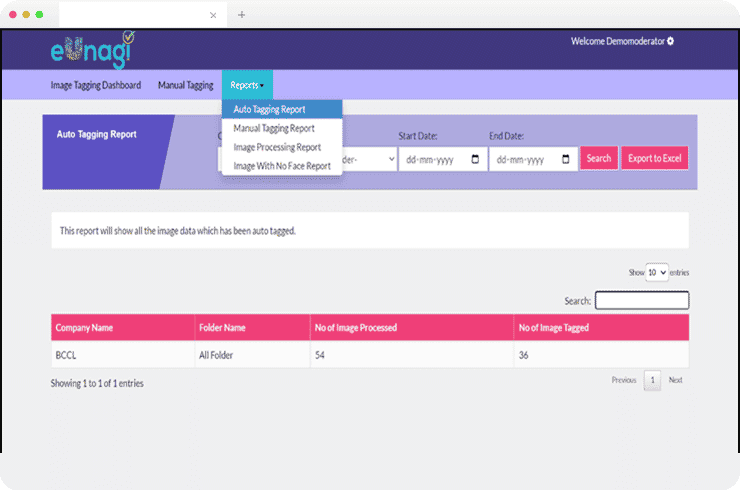About
The client is a leading media company specializing in digital content creation and distribution. They cater to a diverse audience and provide a wide range of multimedia services across the globe. The client is committed to delivering high-quality content and staying up to date with the technological advancements in the media industry. They wanted Autotagging to implement a cutting-edge solution to simplify, organize, and categorize their vast collection of digital content processes.
Project Highlights
Autotagging is an automated microsoft solution for assigning tags to digital content. The product utilizes advanced machine learning algorithms and natural language processing techniques to analyze images and generate relevant tags. Brainvire integrated the Autotagging application into existing content management systems to streamline the tagging process, saving time and effort for users managing large volumes of content. It provides a user-friendly interface for reviewing and editing the assigned tags, allowing customization and refinement of the tagging results.
The Challenges
- Inefficient Manual Task:Manually assigning tags to each image is tedious and hinders productivity and scalability.
- Inaccuracy and Non-Customization:Inaccurate tagging and the lack of customization options in the tagging process.
- System Scalability:Scaling the system to handle the increasing workload and maintain the system’s performance and responsiveness.
- Communication and Collaboration:Managing remote teams and maintaining collaboration to ensure seamless work.
Tech Stack
CSS 3
JavaScript
Python
Azure cloud
HTML
MySQL
Django
Microsoft Project
TensorFlow
PyTorch
OpenCV SDK
Result
Improved Efficiency and Saved Cost
Automated image recognition and tagging systems eliminated the need for manual tagging, saving time and reducing labor costs. The system analyzed and tagged images much faster, allowing the client to handle larger volumes of content within shorter time frames.Improved Accuracy and Customized Tagging Criteria
The tag refinement tool allowed the client to review and adjust the automatically assigned tags, ensuring their accuracy and relevance, leading to higher quality tags and reducing the chances of misleading or irrelevant tags. The customization options allowed customization of the tagging criteria, ensuring the generated tags align with the client’s requirements.Increased Scalability, Improved Capacity, Reduced Time
The distributed processing architecture enabled handling a larger content volume without sacrificing performance. The parallel processing capabilities significantly reduce the time required for tagging each image. The auto-scaling capabilities of the infrastructure ensure that the Autotagging system can seamlessly adapt to fluctuations in content volume.Improved Collaboration and Communication
Implementing Agile emphasized frequent communication and collaboration among remote team members. The use of communication tools promotes regular interaction, enabling team members to share updates, resolve issues, and align their efforts, leading to improved collaboration and stronger team cohesion.
